Foundation Year
The English curriculum is built around the three interrelated strands of language, literature and literacy. Teaching and learning programs should balance and integrate all three strands. Together, the three strands focus on developing students' knowledge, understanding and skills in listening, reading, viewing, speaking, writing and creating. Learning in English builds on concepts, skills and processes developed in earlier years, and teachers will develop and strengthen these as needed.
In the Foundation year, students communicate with peers, teachers, known adults and students from other classes.
Students engage with a variety of texts for enjoyment. They listen to, read and view spoken, written and multimodal texts in which the primary purpose is to entertain, as well as some texts designed to inform. These include traditional oral texts, picture books, various types of stories, rhyming verse, poetry, non-fiction, film, multimodal texts and dramatic performances. They participate in shared reading, viewing and storytelling using a range of literary texts, and recognise the entertaining nature of literature.
The range of literary texts for Foundation to Year 10 comprises Australian literature, including the oral narrative traditions of Aboriginal and Torres Strait Islander Peoples, as well as the contemporary literature of these two cultural groups, and classic and contemporary world literature, including texts from and about Asia. Literary texts that support and extend Foundation students as beginner readers include decodable and predictable texts that range from caption books to books with one or more sentences per page. These texts involve straightforward sequences of events and everyday happenings with recognisable, realistic or imaginary characters. Informative texts present a small amount of new content about familiar topics of interest; a small range of language features, including simple and compound sentences; mostly familiar vocabulary, known, high-frequency words and single-syllable words that can be decoded phonically, and illustrations that strongly support the printed text.
Students create a range of imaginative, informative and persuasive texts including pictorial representations, short statements, performances, recounts and poetry.
(source: www.australiancurriculum.edu.au)
Achievement Standard
Receptive modes (listening, reading and viewing)
By the end of the Foundation year, students use predicting and questioning strategies to make meaning from texts. They recall one or two events from texts with familiar topics. They understand that there are different types of texts and that these can have similar characteristics. They identify connections between texts and their personal experience.
They read short, decodable and predictable texts with familiar vocabulary and supportive images, drawing on their developing knowledge of concepts of print, sounds and letters and decoding and self-monitoring strategies. They recognise the letters of the English alphabet, in upper and lower case and know and use the most common sounds represented by most letters. They read high-frequency words and blend sounds orally to read consonant-vowel-consonant words. They use appropriate interaction skills to listen and respond to others in a familiar environment. They listen for rhyme, letter patterns and sounds in words.
Productive modes (speaking, writing and creating)
Students understand that their texts can reflect their own experiences. They identify and describe likes and dislikes about familiar texts, objects, characters and events.
In informal group and whole class settings, students communicate clearly. They retell events and experiences with peers and known adults. They identify and use rhyme, and orally blend and segment sounds in words. When writing, students use familiar words and phrases and images to convey ideas. Their writing shows evidence of letter and sound knowledge, beginning writing behaviours and experimentation with capital letters and full stops. They correctly form known upper- and lower-case letters.
(source: www.australiancurriculum.edu.au)
- Plus Plan
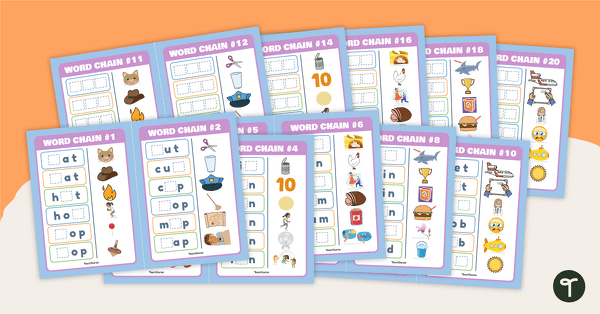
CVC Word Chain Task Cards
Manipulate the individual phonemes in CVC words to create new ones with this set of differentiated task cards.
- Plus Plan
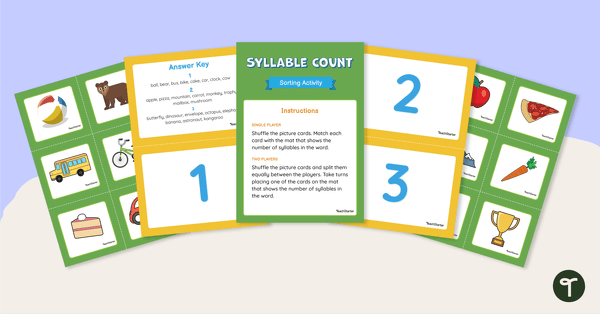
How Many Syllables? Sorting Activity
Practise segmenting and counting syllables in words with this set of 24 picture sorting cards.
- Plus Plan
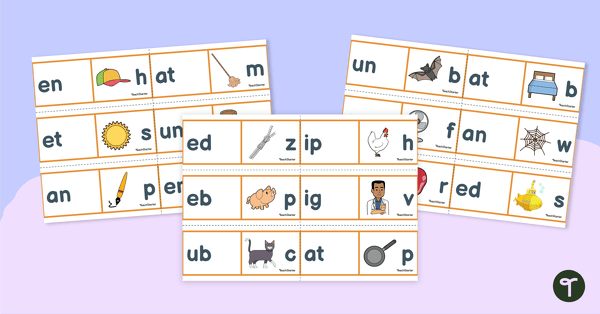
Onset and Rime Dominoes
Form words by blending onsets and their rimes with this set of 28 dominoes.
- Plus Plan
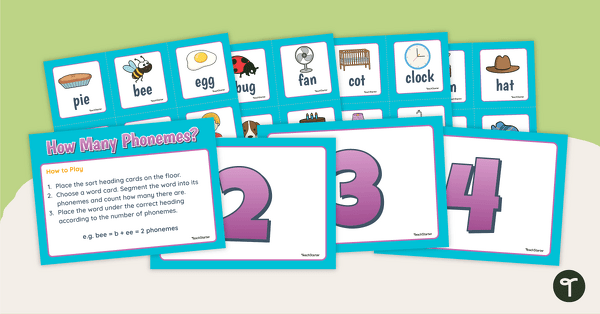
How Many Phonemes? Sorting Activity
Practise identifying the discrete sounds in words with this hands-on sorting activity.
- Plus Plan
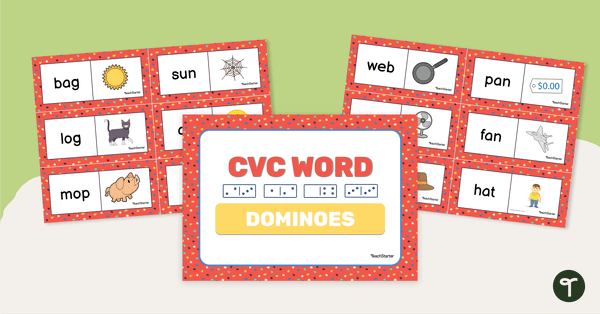
CVC Word Dominoes
Practise decoding CVC words with this set of 30 dominoes.
- Plus Plan
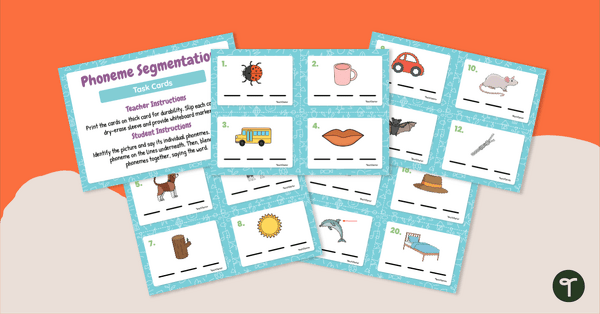
Phoneme Segmentation Task Cards - CVC Words
Segment initial, middle and end sounds with this set of 20 CVC word task cards.
- Plus Plan
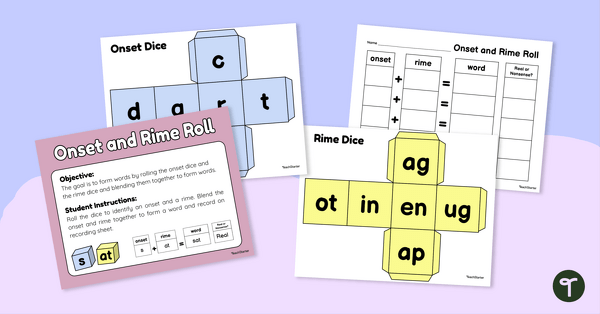
Onset and Rime Roll-a-Word Game
Build real and nonsense words by blending onsets and rimes with this hands-on literacy game.
- Plus Plan
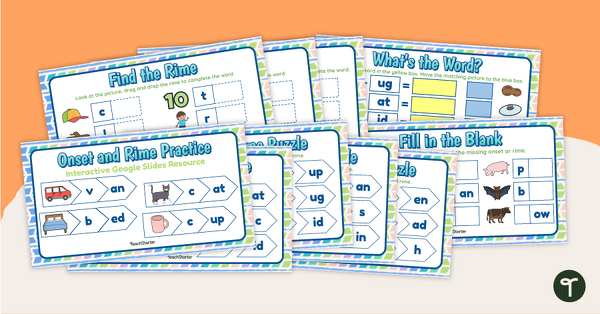
Onset and Rime Word Building - Google Slides Interactive Activity
Form words by blending onsets and their rimes with a Google Slides interactive activity.
- Plus Plan
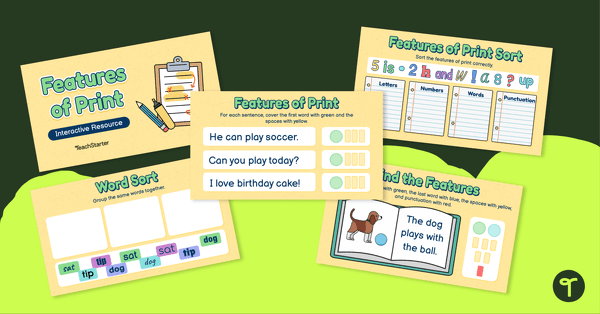
Google Slides Interactive - Features of Print
Use a Google Slides interactive activity to aid beginning readers in recognising print features and concepts of print.
- Plus Plan
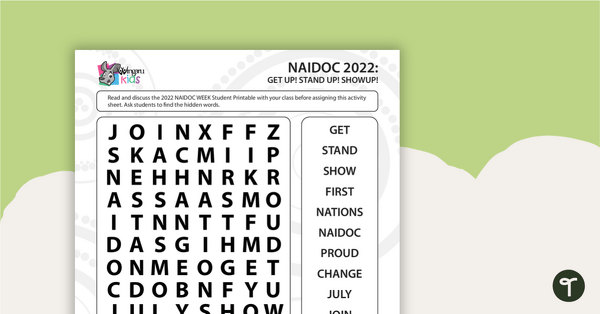
NAIDOC Week 2022 Find-a-Word – Lower Years
A lower-years find-a-word puzzle emphasising topic words from information sheet about the NAIDOC 2022 theme: “Get Up! Stand Up! Show Up!”
- Plus Plan
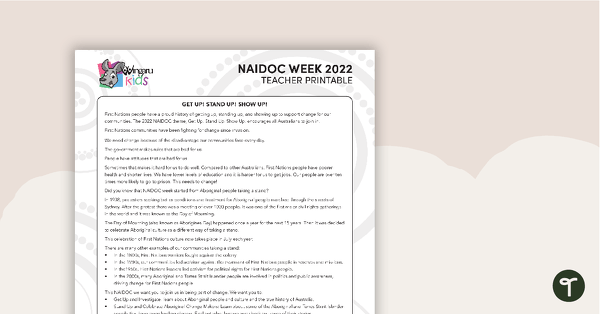
NAIDOC Week 2022 – Teacher Information Sheet
A teacher information sheet about the NAIDOC 2022 theme: “Get Up! Stand Up! Show Up!”
- Plus Plan
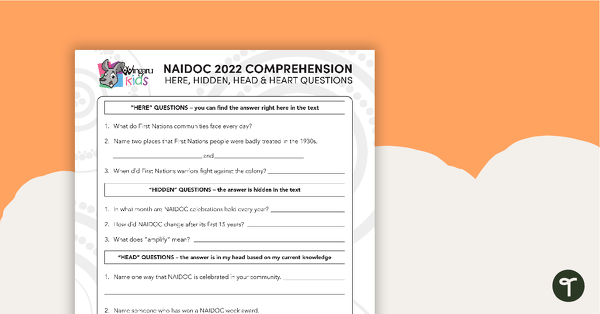
NAIDOC Week 2022 Comprehension Activity
A worksheet with text and comprehension questions exploring the 2022 NAIDOC theme.
- Plus Plan

NAIDOC Week 2022 Jumbled Word Puzzle
A student word puzzle focusing on topic words from the information sheet about the NAIDOC 2022 theme: “Get Up! Stand Up! Show Up!”.
- Plus Plan
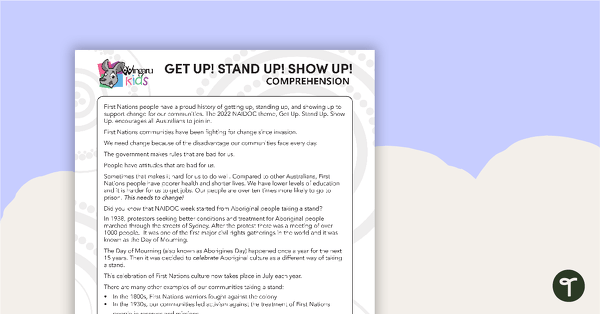
NAIDOC Week 2022 – Student Information Sheet
A student information sheet about the NAIDOC 2022 theme: “Get Up! Stand Up! Show Up!”.
- Plus Plan
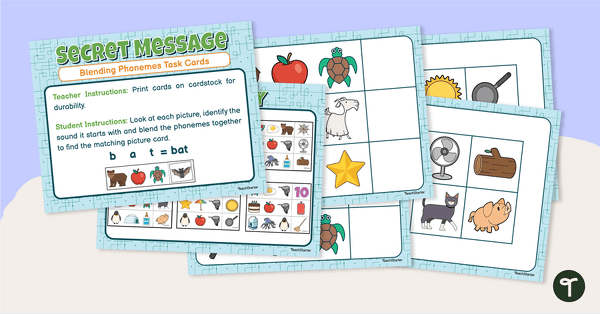
Blending Phonemes Secret Message – Matching Activity
Blend phonemes to build words and uncover the secret message!
- Plus Plan
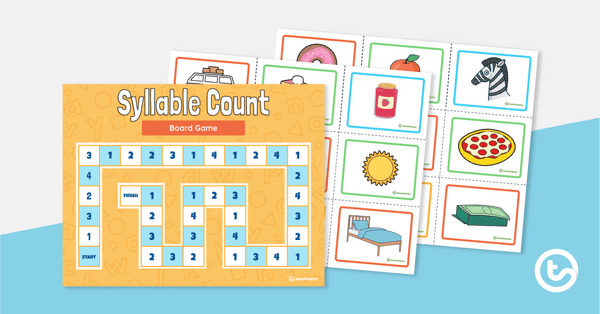
Syllable Count Board Game
Segment and count up to 4 syllables with this game board and set of 33 picture cards.
- Plus Plan
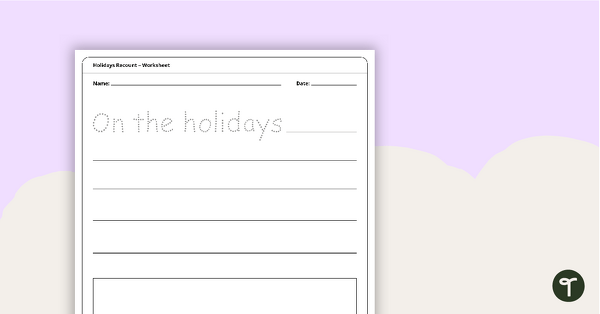
Holiday Recount Worksheet
A worksheet for younger students to use when writing a holiday recount.
- Plus Plan
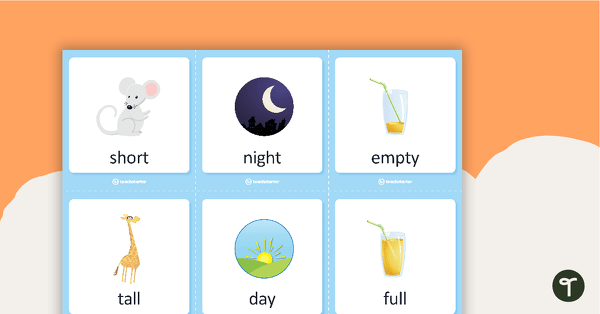
Opposites Card Game
A diverse set of cards to help students learn about opposite language.
- Plus Plan
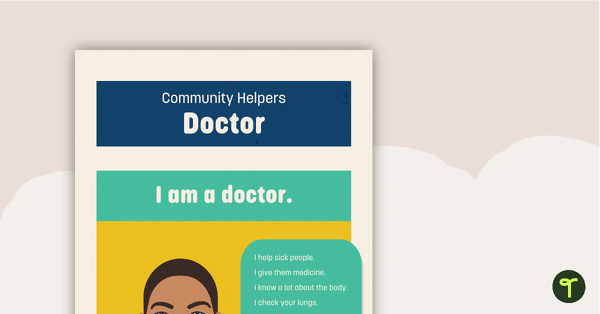
Community Helpers: Doctor – Comprehension Worksheet
A comprehension worksheet for an article from the Foundation magazine (Bonus Issue).
- Plus Plan
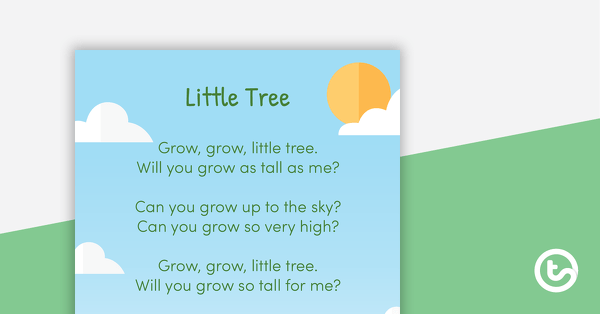
Little Tree (Poem) – Worksheet
A comprehension worksheet for a poem from the Foundation magazine (Issue 1).
- Free Plan
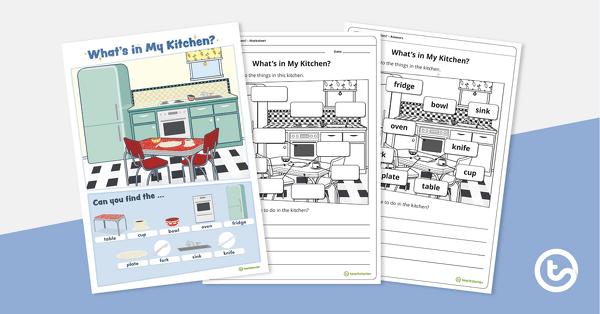
What's in My Kitchen? – Worksheet
A worksheet for an article from the Foundation magazine (Bonus Issue).
- Plus Plan
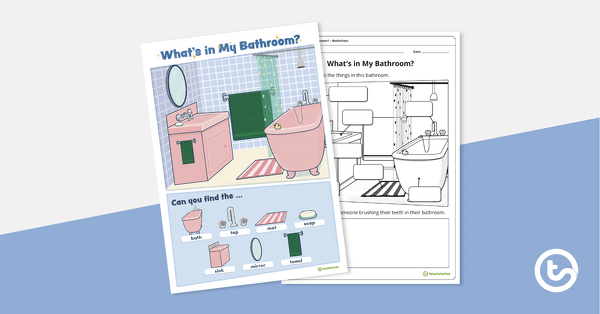
What's in My Bathroom? – Worksheet
A worksheet for the ‘What’s in My Bathroom?’ article from the Foundation magazine (Issue 3).
- Plus Plan
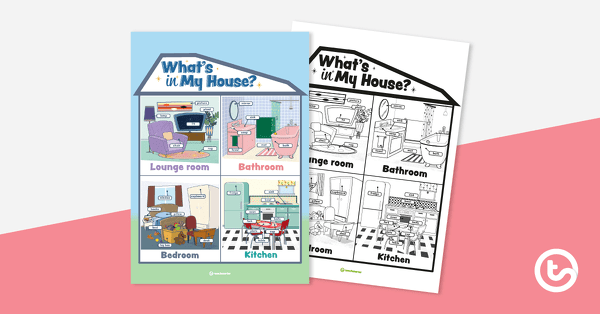
What's in My House? – Poster
A vocabulary poster highlighting common household items.
- Plus Plan

Word Building Picture Reveal PowerPoint
An interactive PowerPoint that will energise your classroom word building activities.
- Plus Plan
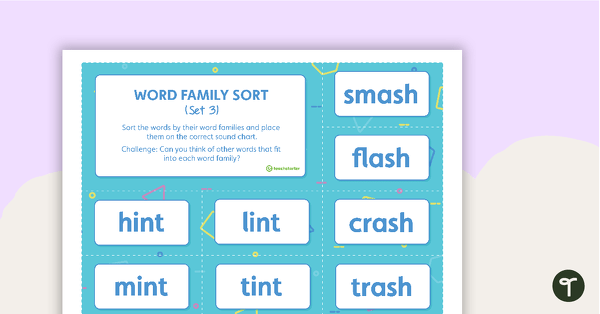
Word Family Sorting Activity – Set 3
A sorting activity using word families.
- Plus Plan
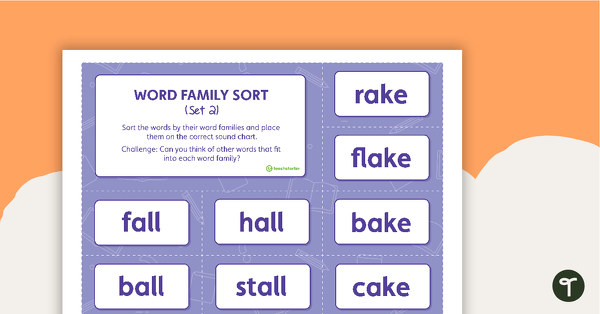
Word Family Sorting Activity – Set 2
A word family sorting activity.
- Plus Plan
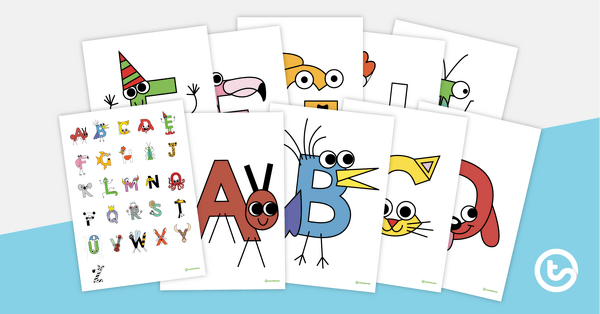
Alphabet Craft Display Posters
Letter craft posters for each letter of the alphabet.
- Plus Plan
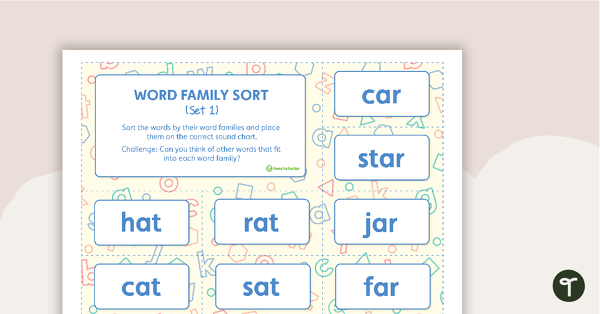
Word Family Sorting Activity – Set 1
A sorting activity to practise identifying word families.
- Plus Plan
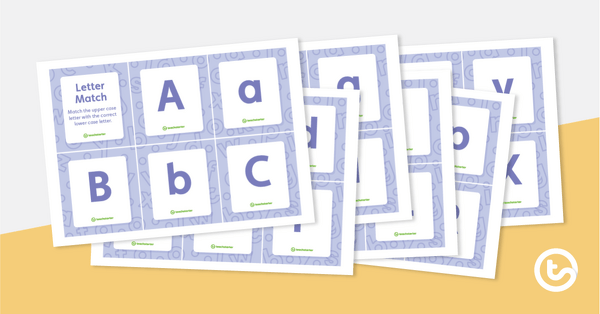
Letter Match-Up Cards
A set of upper and lowercase letter cards.
- Plus Plan
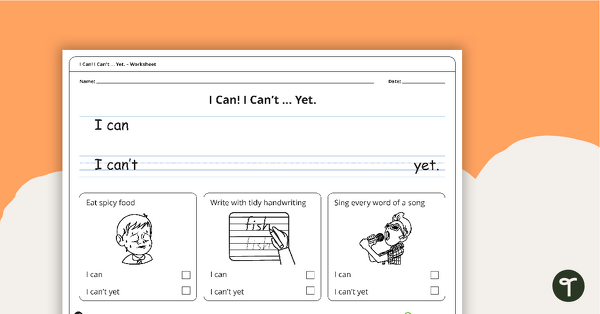
I Can! I Can't ... Yet. – Handwriting Worksheet (Version 4)
A handwriting worksheet designed to help students goal set by reflecting on what they can and cannot do yet.
- Plus Plan
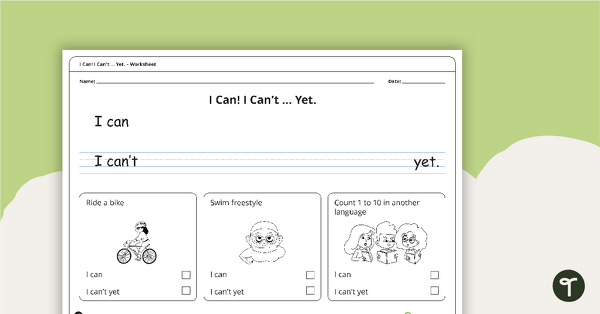
I Can! I Can't ... Yet. – Handwriting Worksheet (Version 3)
A handwriting worksheet designed to help students goal set by reflecting on what they can and cannot do yet.
- Plus Plan

I Can! I Can't ... Yet. – Handwriting Worksheet (Version 2)
A handwriting worksheet designed to help students goal set by reflecting on what they can and cannot do yet.